A Condenser is a mechanical device that converts a hot vapor/steam into a liquid using heat transfer and/or compression. Condensers are widely used in Automotives, Building services, Process industries, Refrigeration industries, and Steam power turbines. Various international standards developed by ASME, HEI, AHRI, ASHRAE, etc govern the design, performance, environmental compliance, and safety of condensers. Condensers are usually made up of copper, brass, aluminum, carbon steel, and stainless steel. In this article, we will explore the basics of Condensers, their specification, types, functions, and selection.
The condenser is the ‘hot’ end of a refrigeration system and can be used as a heat source when heat is required at low temperatures, such as for washing water. The ramifications of raising the condenser temperature to enhance the usability of the available heat, on the other hand, should be carefully evaluated. The oil cooler is another potential heat source—higher temperature heat recovery is achieved by desuperheating the compressor discharge gas. Energy recovery from oil coolers can be useful when large compressors are used (ICAEN, 1998). Before specifying heat recovery from a refrigeration facility, a full inspection is needed
The Function of a Condenser
Every condenser has three distinct phases. The desuperheating phase is the initial step. The vapor entering the condenser has already been superheated and pressured in the evaporator and compressor. Desuperheating is removing the heat from vapor and converting it to a liquid. The next phase is the changing or condensation state when we lose additional heat and reach a point where 10% of the refrigerant is vapor, and 90% is liquid. A sub-cooling condition is the third and final phase. The sub-cooling condition ensures that the liquid refrigerant does not become vapor again even if the temperature rises.
Condenser Specification
Condenser specification is usually set by the client in the form of a condenser datasheet. All those requirements or specifications of the condenser are included on the manufacturer’s design and selection sheet. In general, the following details constitute the specification of a typical condenser:
- Design and Operating Temperature
- Design and Operating Pressure
- Flow rate
- Allowable pressure drop
- Condensing Capacity
- Coolant or Refrigerant Capacity
- Condenser Material
Types of Condensers
Condensers are classified depending on various parameters like condensing medium, method of heat transfer, applications, etc.
Depending on methods of heat transfer, condensers are classified as
- Direct Contact Condensers: Heat transfer takes place through direct contact between the gas and liquid.
- Indirect Contact Condensers: Heat exchange happens through a thermally conductive boundary medium like a plate, shell, or tube.
- Surface Condensers: These are basically shell and tube heat exchangers used in large thermal power plants and refrigeration systems. They are again classified as tube-side condensation and shell-side condensation.
Depending on application condensers are classified as:
- Refrigeration and HVAC condensers
- Car or Automotive condensers
- Process Condensers like distillation column condensers.
- Marine Condensers
However, the major classification of condensers is based on condensing media. Three types of condensers are based on the condensing medium used to extract heat from the system. None of the three condensers offers a significant advantage over the others. Each one should be used wisely, depending on the situation.
1. Air-cooled Condenser:
A finned constant tube coil is used in this type of condenser. The vapor from the compressor discharge enters the top of the coil and leaves the bottom, where it flows into receivers beneath the base. The condenser coil is blown across by a fan positioned on the compressor motor pulleys. The unit should be kept in a well-ventilated, cool environment. The lower the ambient air temperature, the less power is required for a given capacity.
The main benefit of this type of condenser is its ease of installation and inexpensive cost. The most common uses are self-contained units, such as residential refrigerators, freezer cabinets, display cases, water coolers, and air conditioners. This condenser uses air as the external fluid to reject heat from the system. The refrigerant travels through copper coils in air-cooled condensers. But that’s not the whole picture; natural convection and forced convection are two subsets of this type.
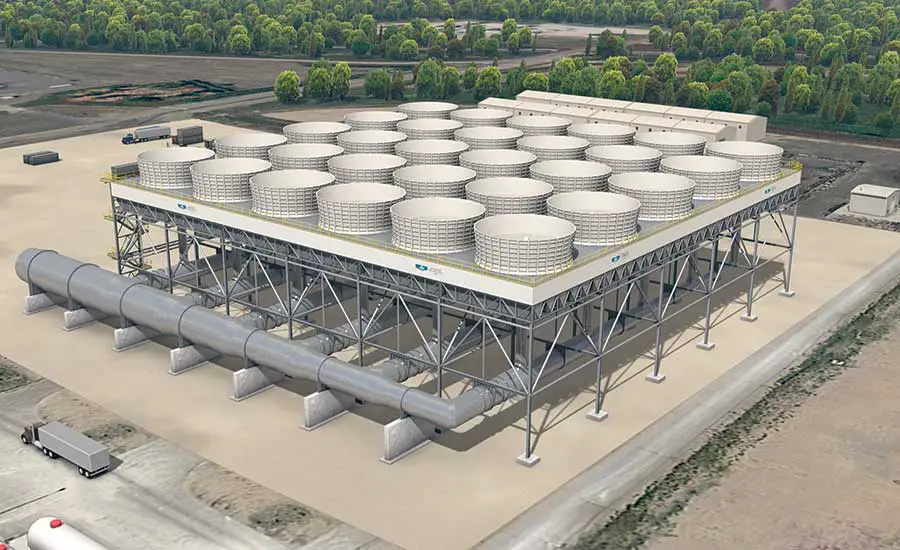
The air-cooled condenser has two categories:
i) Natural Convection Type:
Heat is transferred from the condenser through buoyancy-induced natural convection and radiation in the natural convection type. The total heat transfer coefficient in these condensers is minimal because the airflow rate is low, and the radiation heat transfer is likewise low. As a result, a comparatively large condensing surface is required to reject a given quantity. As a result, these condensers are employed in low-capacity refrigeration systems such as refrigerators and freezers in homes.
Condensers with natural convection are either plate surface or finned tube types. The refrigerant-carrying tubes of plate surface condensers used in compact refrigerators and freezers are attached to the refrigerator’s outer walls. Except for the door, the entire body of the refrigerator functions as a fin. Insulation is given between the outside cover, which functions as a fin, and the refrigerator’s inner plastic cover. The outer body of the refrigerator is always heated due to this. Because the surface is heated, moisture condensation on the refrigerator walls is not an issue in these systems. Flat-back condensers are another name for these condensers.
ii) Forced Convection Type:
A fan or a blower maintains air circulation across the condenser surface in forced convection condensers. For efficient heat transfer, these condensers usually have fins on the airside. Fins can be plate-shaped or annular-shaped. The compressor, induction motor, condenser with condenser fan, accumulator, HP/LP cut-out switch, and pressure gauges are installed on a single chassis in the chassis-mounted type. It’s known as a condensing unit with rated capacity components that are matched to condense the required refrigerant mass flow rate to rate cooling capacity.
Window air conditioners, water coolers, and packaged air conditioning plants use forced convection condensers. These can be put on the chassis, or they can be mounted remotely. The remote-mounted kind can be vertically or horizontally put on the roof. For economical design, air velocity is typically between 2 and 3.5 m/s, with airflow rates of 12 to 20 cm per tonne of refrigeration (TR). The air density is 1.2 kg/m3, and its specific heat is 1.005 kJ/kg-K. With an average airflow rate of 16 cm, the temperature rises ta = 3.5167/(1.2×1.005 x 16/60) = 10.9°C for 1 TR. As a result, the air temperature rises 10 to 15 degrees Celsius, compared to 3 to 6 degrees Celsius for water in water-cooled condensers.
2. Water-cooled Condenser:
With compressors of one horsepower and up, water-cooled condensers are utilized. They are typically the most cost-effective option for condensers when there is an adequate supply of clean, inexpensive water with minimal corrosion and an adequate and inexpensive means of water disposal. Water is used to cool the hot refrigerant and turn it into a liquid in this sort of condenser. The components are matched to condense the required refrigerant mass flow rate for calculating cooling capacity. the lesser the amount of water utilized in a water-cooled condenser, the higher the condensing temperature and the greater the electricity cost.

A water-cooled Condenser has three different kinds:
i) Double Tube Condenser:
The cold water passes through the condensers’ inner tube, while the refrigerant passes through the annulus in the opposite direction. Headers are utilized at both condenser ends to shorten their length and reduce pressure loss. By free convection and radiation, the refrigerant in the annulus loses some of its heat to the environment. If the tubes are long, the heat transfer coefficient is frequently low due to poor liquid refrigerant drainage. Double pipe condensers are commonly utilized up to 10 TR capacity.
ii) Shell and Coil Condenser:
A welded shell houses a coil of finned water tubing in a shell-and-coil condenser. The hot refrigerant flows in the shell while the cooling water circulates inside the coils and condenses the refrigerant in this type of water-cooled condenser.
iii) Shell and Tube Condenser:
This is the most common form of condenser, with capacities ranging from 2 TR to thousands of TR. The refrigerant travels through the shell of these condensers, while water runs through the tubes in single to four passes. At the bottom of the shell, the condensed refrigerant gathers. The coldest water makes contact with the liquid refrigerant, allowing for some sub-cooling. The liquid refrigerant is discharged to the receiver from the bottom. For smooth liquid refrigerant drainage, there may be a vent linking the receiver to the condenser for smooth liquid refrigerant drainage. In addition to being a transmitter, the shell also serves as a receiver.
Furthermore, the refrigerant rejects heat from the shell to the environment. The horizontal shell type is the most typical. Vertical shell-and-tube condensers are commonly employed with ammonia in large-capacity systems so that the tubes are cleaned from the top while the plant is operating.
3. Evaporative Condenser:
Finally, the evaporative condenser is the final form of the condenser. It’s a condenser that’s both air-cooled and water-cooled. The condensing medium in evaporative condensers is air or water. The water is sprayed over the coils by a sump in the condenser. Air is blown into the condenser by a fan. The sprayed water evaporates across the coils, and the required heat for the vaporizing water is drawn from the refrigerant’s heat. Some water circulated by descending into the sump, but additional water is provided to the sump’s water supply to compensate for the amount evaporated.
Comparison of three types of condensers is as follows:
Air-cooled condensers are easier to make than those that are water-cooled. Furthermore, there is constant access to air. Air-cooled systems are less expensive to maintain than water-cooled systems. Evaporators are frequently less expensive than water-cooled units that require a cooling tower. Evaporators are utilized in areas where water is scarce. Because the evaporator sits outside, the water pump is shut off in cold weather to prevent the water from freezing.
Selection of Condensers
Condenser selection is governed by application and various parameters like:
- Condensing Capacity, Full or Partial condensing, Heat rejection calculation
- Industry type
- Temperature (Design, operating, Dry bulb, wet bulb)
- Condenser material
- Pressure drop criteria
- Space availability
- Types of condensing medium
- Corrosion
- Fouling factor, etc
References:
- W. (2019, April 3). What Are the Different Types Of Condensers And What Type Of Condensers Is the Most Efficient? – Wikihubs24. Wikihubs24. https://www.wikihubs24.info/2019/04/what-is-condenser-and-their-types-in.html.
- 3 Main Types Of Condensers, How Does It Work? | Linquip. (2020, July 13). Industrial Manufacturing Blog | linquip. https://www.linquip.com/blog/different-types-of-condensers/.


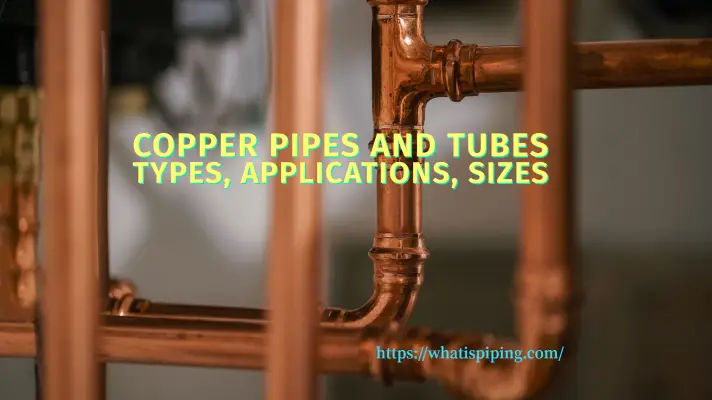
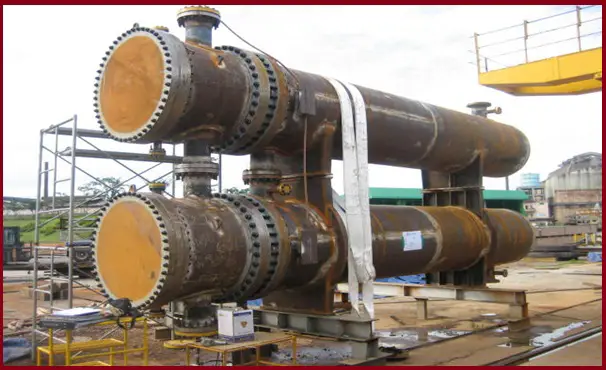
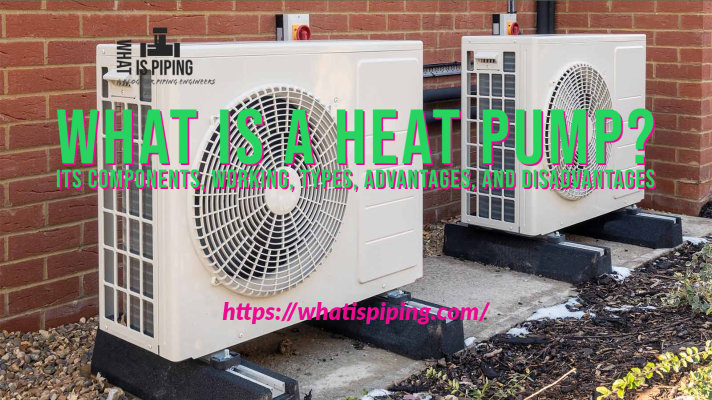
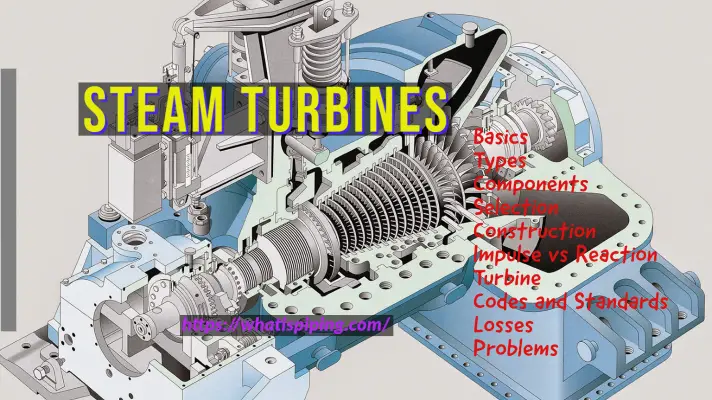
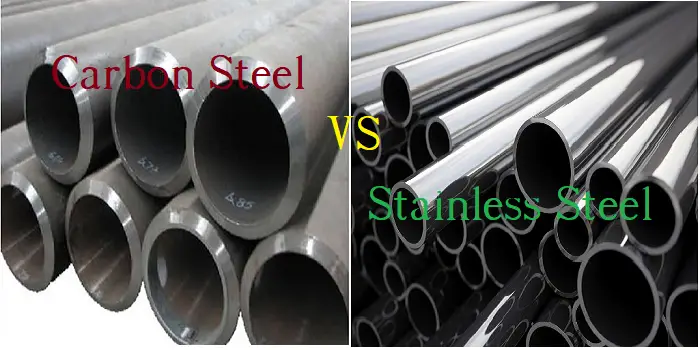
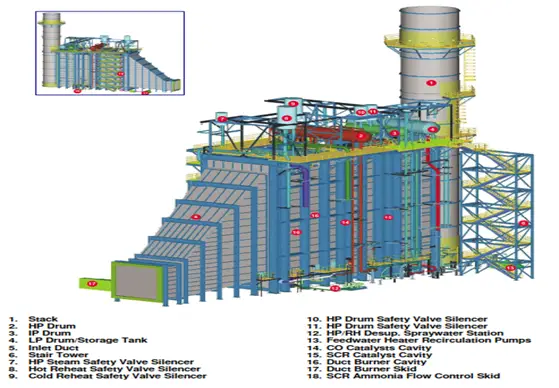
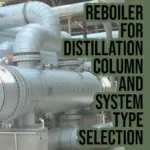
Wow! Thanks for the material